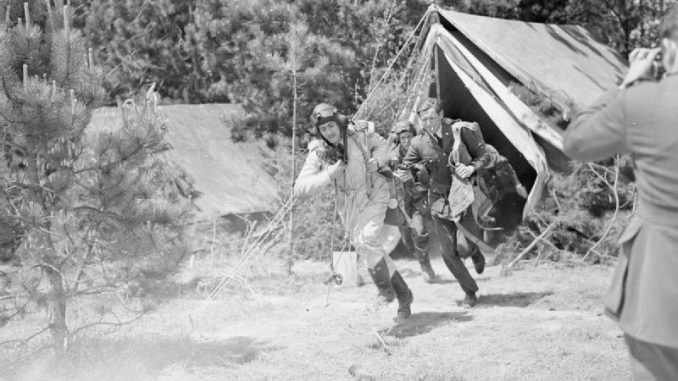
We are sad to report the passing of Wing Commander Paul Farnes; the last surviving Royal Air Force ace from the Battle of Britain. There are now just two living members from the The Few, the small cadre of RAF fighter crews who took part in the desperate, and seemingly futile effort to save Britain from the Nazi horde during the summer of 1940. As most will know, their monicker, The Few, derives from Prime Minister Winston Churchill’s oft-quoted line, “Never in the field of human conflict was so much owed by so many to so few…,” which he presented during his immortal House of Commons speech of August 20th, 1940 in which he described the heroic exploits of these airmen as they faced the elite of Germany’s then-invincible Luftwaffe. Roughly 3,000 men, hailing from more than a dozen nations, took part in this fight which, officially at least, took place between July 10th and October 31st. More than 500 of these brave airmen died during ‘the Battle,’ with another thousand losing their lives before war’s end…
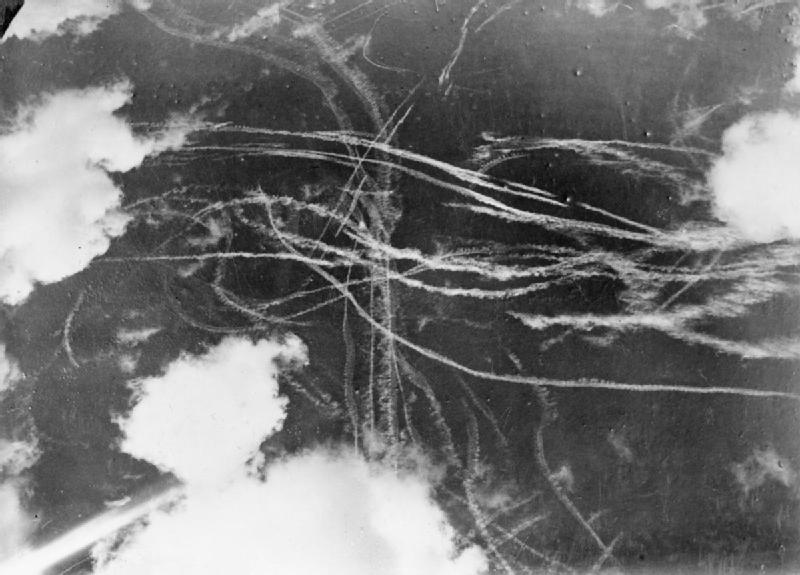
Wing Commander Paul Farnes enlisted in the RAF Volunteer Reserve in April, 1938. He was officially mobilized as a sergeant pilot in July, 1939, and joined 501 Squadron that September, flying Hurricanes from RAF Filton, in Bristol. The squadron deployed to France the following May, and saw heavy action against the Luftwaffe during this time, often referred to as the Battle of France. As we all know, the Battle of France was a slaughterhouse for the Allies. Despite their valiant efforts the British, French and Belgian air forces were severely mauled, although they did exact a hefty price against the Luftwaffe. Paul Farnes was right in the middle of it all, and shot down a Heinkel He 111 bomber, with half shares in two additional German bombers. Other squadron members also did well, including the remarkable Ginger Lacy, another sergeant pilot who became an ace, but there were just too many Germans fighters to contend with to avoid being overrun.
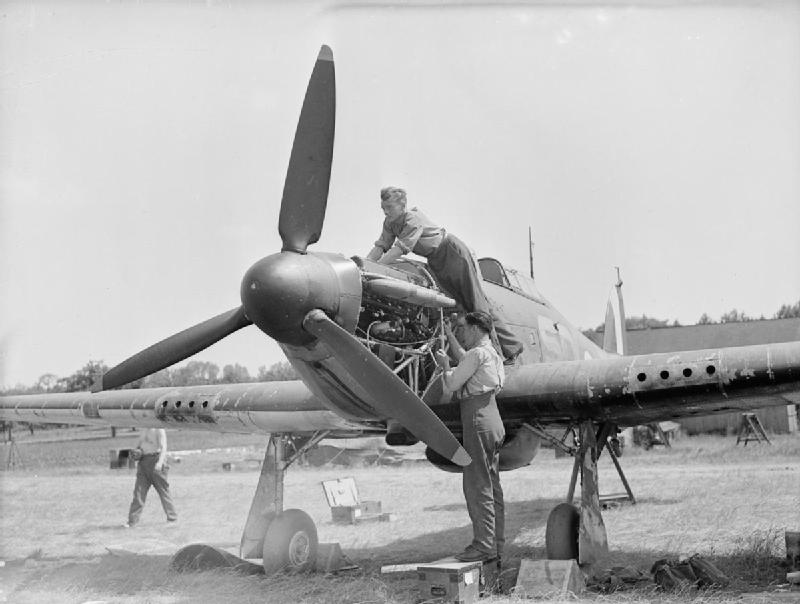
Exhausted, the remnants of 501 Squadron withdrew to Britain to regroup following the fall of France in early June. There followed a lull, in which Germany tried to persuade Britain to surrender; the Battle of Britain began in earnest during mid-July, by which point No.501 was flying from RAF Kenley, near London. Again Paul Farnes was in the thick of it, flying as many as six sorties a day. He shot down five German aircraft during August. No.501 Squadron is credited with having shot down 149 enemy aircraft by December, 1940, but this came with the substantial cost of 19 pilots killed – and that’s in addition to those whom died during the Battle of France. Indeed, 501 Squadron lost more pilots than any other RAF fighter unit during the Battle of Britain…
Paul Barnes’ prowess was rewarded with a provisional commission; he became a Pilot Officer in early December, 1940. He became a flying instructor with No.57 Operational Training Unit (OTU) at RAF Howarden early in 1941, receiving a ‘rest’ from combat, although flight training was still a highly dangerous occupation. Towards the end of 1941, Farnes, now a Flying Officer, was stationed with No.73 OTU in Aden. He moved to become a Flight Commander with No.229 Squadron in Egypt during February, 1942, flying combat over Lybia. No.229 transferred to Malta in March, and Farnes soon assumed command of the squadron. In May, Farnes moved back to North Africa, and spent much of the rest of the war in Iraq before returning home to Britain during March, 1945 to take command of No.124 Squadron flying Spitfires from RAF Hawkinge. He ended the war as an acting Wing Commander. Following the war, Farnes remained in the RAF, where he gained his permanent commission, at the lower rank of Squadron Leader. He retired as a Wing Commander in 1958, and went on to run a hotel in West Sussex.
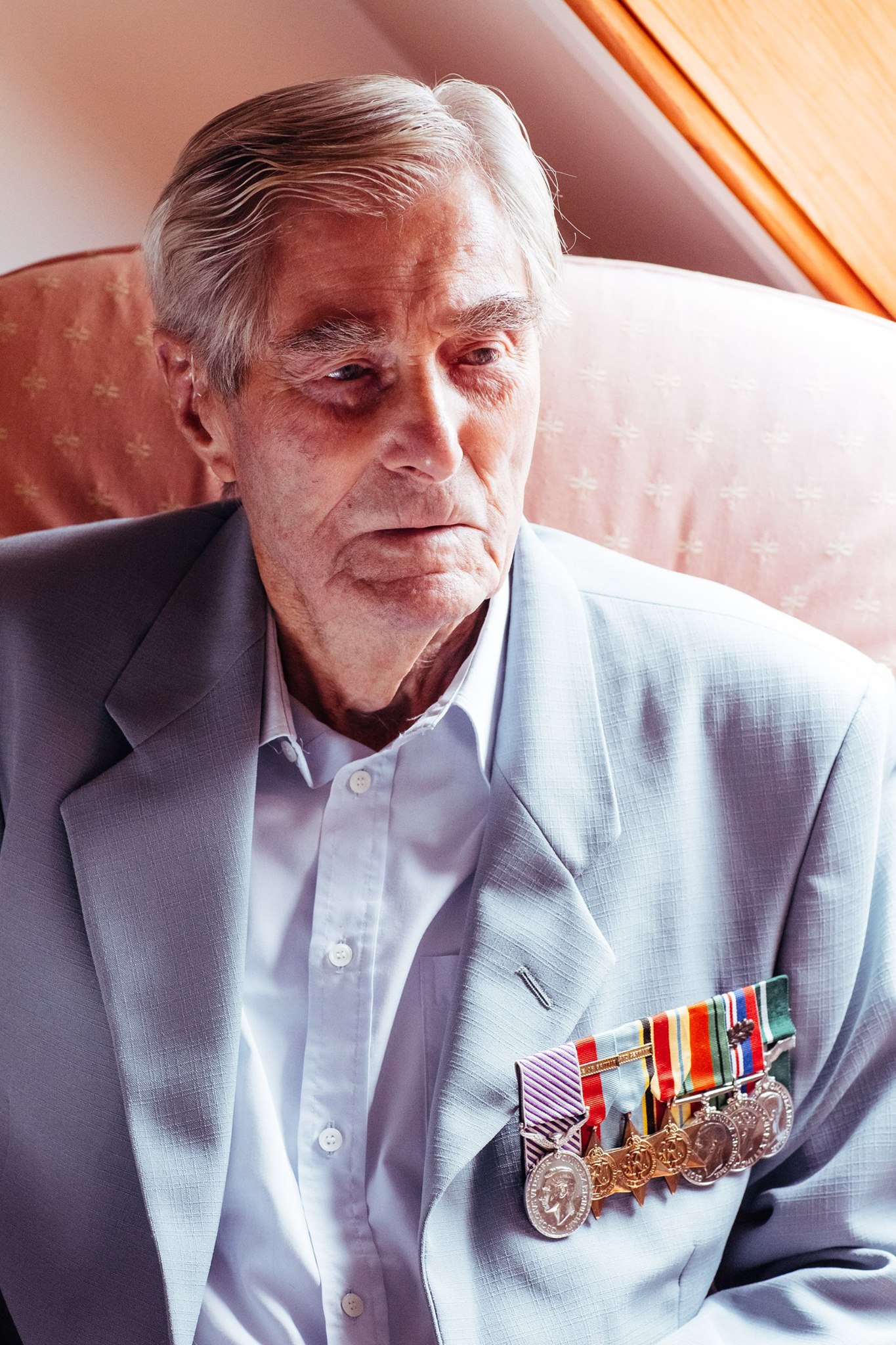
As with many pilots who survived the war, Paul Farnes didn’t talk much about his experiences for several decades. But in later years, he was active with the Battle of Britain Memorial Trust, and often attended events celebrating WWII veterans, including September 15th, 2018 when, at the age of 100, he laid a wreath at the Battle of Britain Monument in London. He died at his home in Hampshire on January 28th at the age of 101. Now there are just two remaining members of The Few, Flt Lt William Clark, aged 100, and F/O John Hemingway, also a centenarian.
Lest we forget…
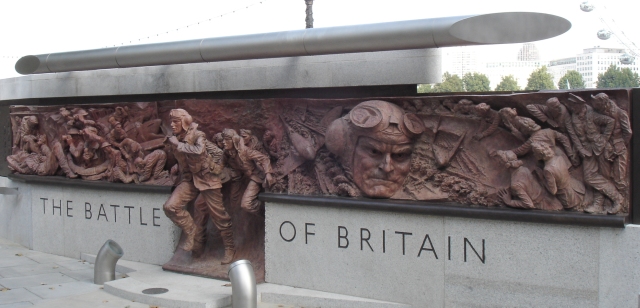


Be the first to comment
Graphic Design, Branding and Aviation Art